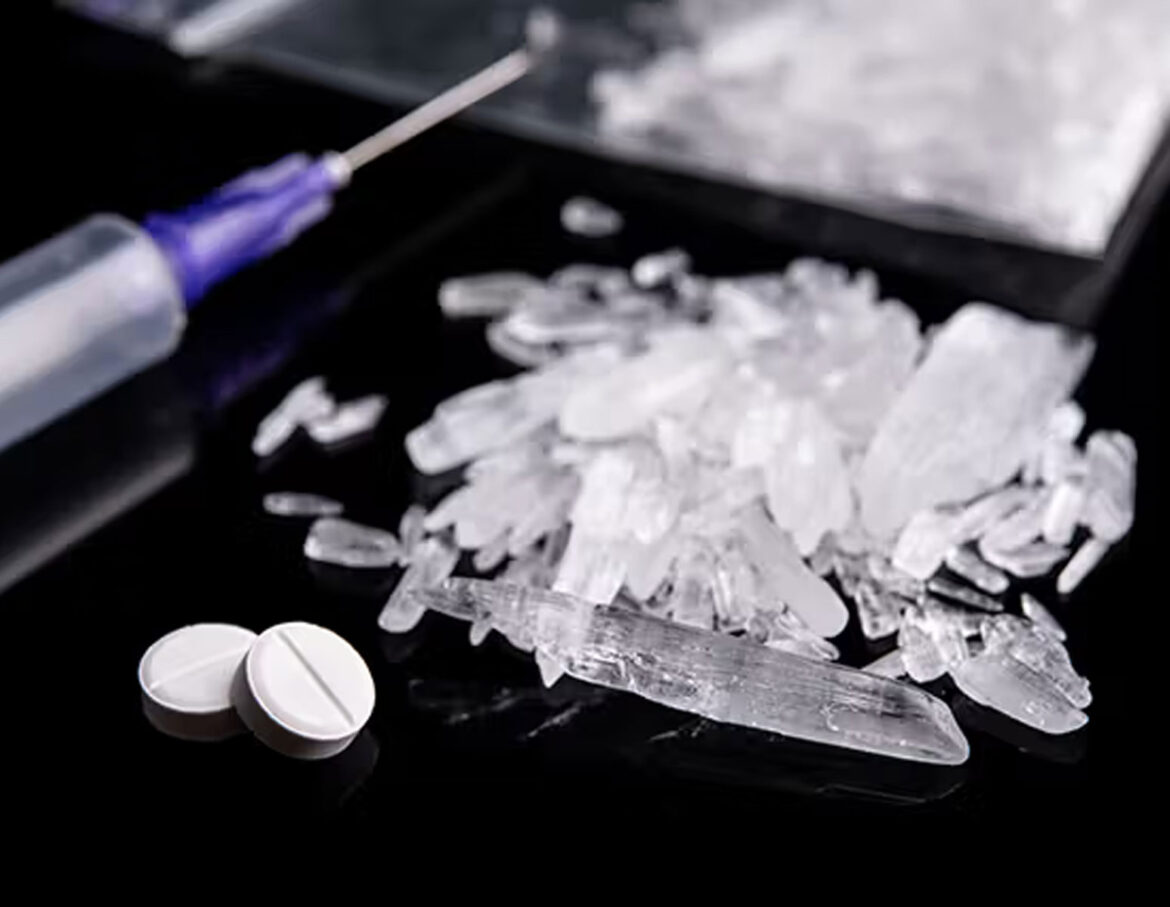Once plagued by heroin, hashish, and opium, Punjab—particularly Mianwali—is now grappling with even more dangerous substances: crystal methamphetamine (commonly known as “Ice”) and Gabica capsules.
Despite a sharp rise in drug addiction, authorities appear largely indifferent, failing to take decisive action against the menace.
The Rise of ‘Ice’ – A Deadly Threat
Ice, a highly potent and modern variant of methamphetamine, is far more addictive and dangerous than heroin. It unnaturally enhances physical strength, leading individuals to commit violent crimes, including murder, without hesitation.
Criminal networks are exploiting addicted youth for illegal activities, worsening the situation. Ice accelerates brain-body communication, making it significantly stronger and more harmful than powdered methamphetamine (also known as “Speed”).
The drug appears in small, transparent crystals or as a white to brownish powder with a bitter taste. It can be smoked, injected, swallowed, or snorted—though smoking and injection produce immediate effects.
The high from Ice lasts up to 12 hours, inducing euphoria, confidence, and increased energy. However, its severe side effects include excessive sweating, rapid heartbeat, dry mouth, and loss of appetite.
Mianwali’s Strategic Role in Drug Trafficking
Bordering Khyber Pakhtunkhwa on three sides, Mianwali serves as a major drug trafficking route into Punjab and beyond. The increasing drug use among women, children, and young adults is particularly concerning.
Authorities Remain Hopeful Amid Crisis
While the crisis continues to escalate, District Police Officer (DPO) Akhtar Farooq Chaudhry remains optimistic. He believes that with public cooperation, law enforcement can effectively tackle the growing drug epidemic and restore order in Mianwali.
Call for Action
With drug addiction rising at an alarming rate, urgent measures are needed to curb the spread of Ice and Gabica capsules before they further destroy lives and communities.



